This week’s Throwback Thursday is Gerard Frawley’s December 2014 story on Qantas’s final Boeing 767 passenger service.
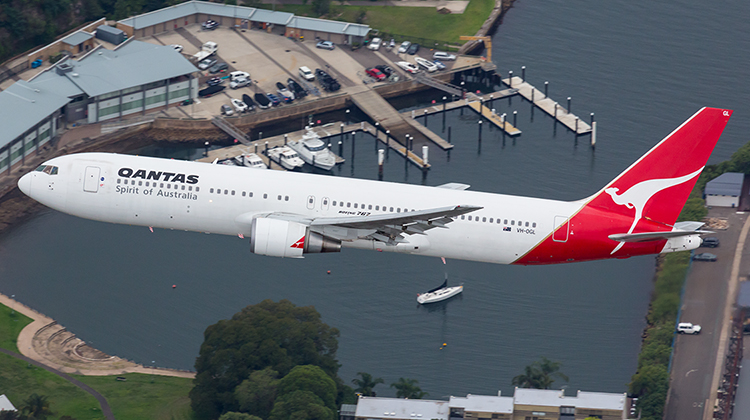
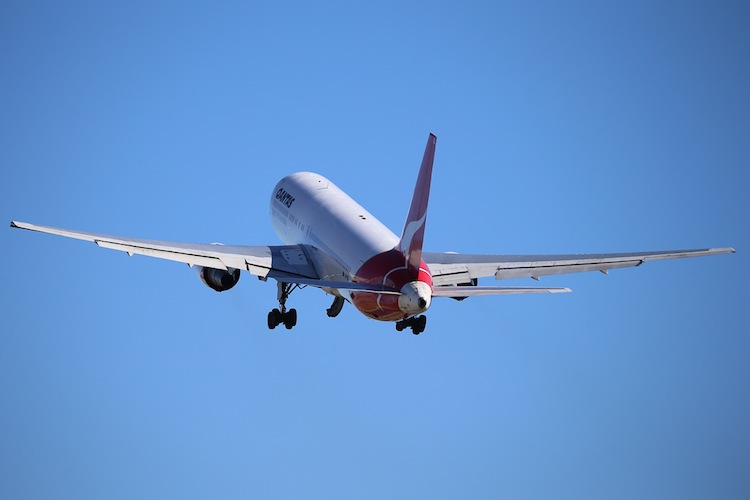

After 927,000 flights carrying nearly 168 million passengers in a 29-year career, Qantas has retired the Boeing 767 from passenger service.
The final 767 passenger revenue flight was the appropriately numbered QF767 (re-numbered from QF452 – QF767 normally operates from Brisbane to Perth). Operated by VH-OGL, the flight departed Melbourne at 17:29 on Saturday afternoon, December 27 2014, and touched down at Sydney Airport at 18:57 after a series of scenic orbits over Sydney Harbour and the Sydney CBD.
On the flightdeck for the historic flight was Qantas head of flying operations Captain Mike Galvin and First Officer Kirrily Zupp. Behind them in the main cabin was a full load of 254 passengers, the large majority of whom were aviation enthusiasts who had specifically booked to fly on the final flight.
“It’s a beautiful aeroplane to fly, it’s very reliable, it has been very well maintained over the years,” Captain Galvin told Australian Aviation in Melbourne ahead of the final flight.
“It’s a joy for pilots to fly, it has a lot of thrust, it gets up and goes. It can be a bit tricky to land, but with more good ones [landings] than not so good ones.”
First Officer Zupp agreed that: “It’s a beautiful aircraft to fly, it’s reliable, it’s solid and it has done such great work af Qantas over the years.”
“Everyone will miss it.”
VH-OGL was one of five 767s operating on the type’s final day, with OGT operating Melbourne-Sydney; OGL operating Sydney-Brisbane-Sydney-Melbourne-Sydney; VH-OGU Brisbane-Sydney-Melbourne-Sydney-Brisbane; VH-OGO Sydney-Brisbane and VH-OGM Melbourne-Sydney-Melbourne-Sydney.
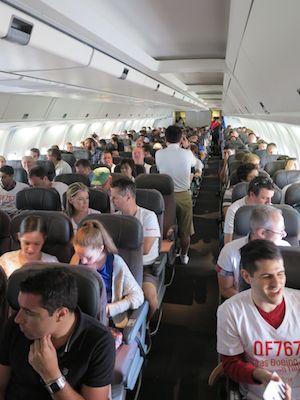
In all Qantas has operated 41 Boeing 767s, mostly 767-300ERs, apart from an initial six 767-200ERs, and a single 767-300F Freighter which will continue to fly on with Qantas Freight, shuttling between Sydney and Auckland.
The 767 was Qantas’s first widebody twin, and its first twin-engined airliner since retiring the DC-3 decades earlier. Qantas’s first 767 was 767-200ER VH-EAJ, delivered in July 1985. The first 767-300ER, VH-OGA, followed in September 1988.
Initially the 767 was used on international flights to New Zealand, Asia and North America. Then from 1992 with the merger with Australian Airlines Qantas 767s would also be increasingly used for domestic services.
“It really launched Qantas into the Asia marketplace – Japan, China, Indonesia, the Philippines, all those sorts of places where we couldn’t really support the larger 747 aircraft,” Galvin said.
“With 250 passengers it was just perfect.”
In its latter years the 767 largely – apart from the Honolulu run – operated on the domestic ‘triangle’ between Melbourne, Brisbane and Sydney and on transcontinental services to Perth.
“Doing those shorter domestic flights you’ve got so much extra power available to you. It can do anything, this aircraft,” Zupp said.
Popular with passengers for its unique 2+3+2 abreast economy class seating configuration, the 767 will be replaced in domestic service by Airbus A330-200s (a number of which are transferring across to Qantas from its Jetstar subsidiary) and increased utilisation of the Boeing 737-800 narrowbody fleet.
As for VH-OGL, it will fly on as one of four Qantas 767-338ERs sold to Boeing Capital that in turn, reportedly, have been sold to Canadian low-cost carrier WestJet, which is starting up a long-haul operation.
As more than one Qantas employee was heard to remark on Saturday, there is still plenty of life in the old bird yet.
“It is like a truck, it is very solid, we just love the feeling of taking off in the seven-six, you know it’s got so much extra power, it can give a lot more and you can use a bit more if you need it,” Zupp said.
“It’s a great aircraft.”
Said Galvin of the significance of the final flight: “I really haven’t had time to think too much about it. But there will be a certain sense of nostalgia.
“I’ll sit back and reflect after it is all done on what a great career I’ve had on a beautiful aeroplane, that’s for sure.”
VH-OGL fast facts
- Name: City of Wangaratta
- Line number: 402
- Delivered: November 1991
- Total flight hours (at December 18): 83,642
- Total flight cycles (at December 18): 27,116
- Total passengers carried: approx 5 million
- Total distance travelled: approx 32.4 million nautical miles
- Average flight hours per day: 9.9

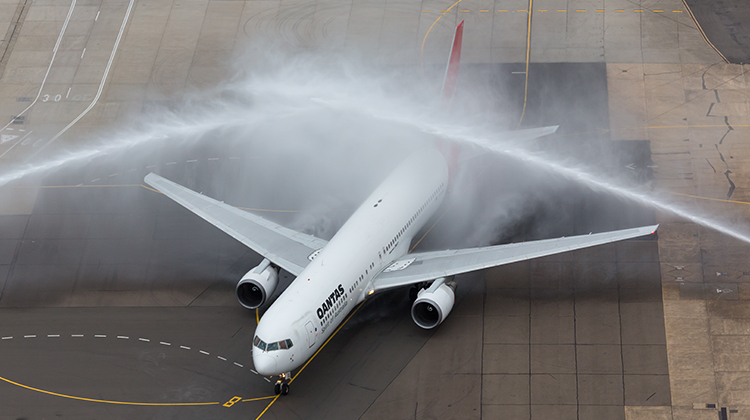

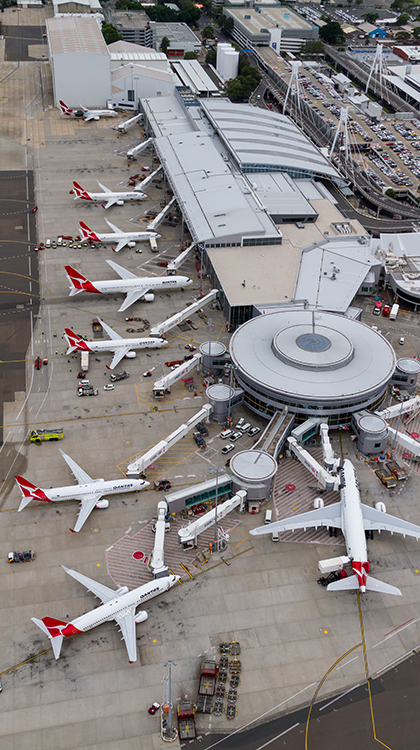
VIDEO: A look inside the flight deck of the final Qantas Boeing 767 passenger flight from the airline’s YouTube channel.
This story first appeared in December 2014.










